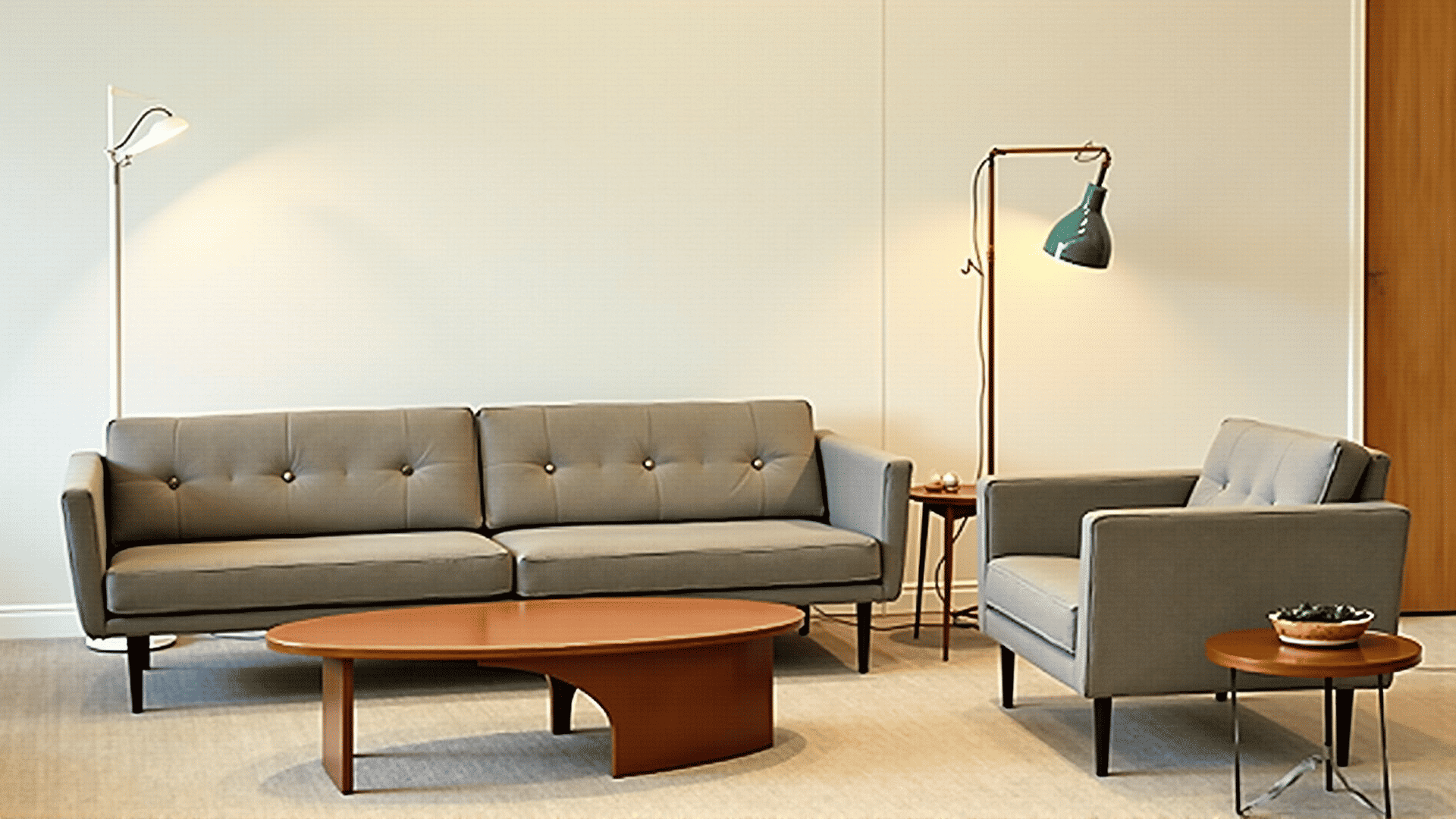In the bustling era of the mid-20th century, American design experienced a remarkable transformation. The movement that characterized this period was defined by clean lines, functional aesthetics, and a forward-thinking approach that mirrored the technological advancements and evolving lifestyles of the time. The essence of this design era is frequently captured in the iconic pieces that have become synonymous with mid-century innovation.
The post-war boom was a catalyst for change across the United States. A newfound sense of optimism permeated society, influencing all aspects of life, including the way living spaces were designed and adorned. This era saw an embrace of simplicity and an admiration for both form and function – principles that would define the movement for decades.
One of the hallmarks of this era was the emphasis on simplicity paired with functionality. Designers sought to break from traditional and ornate styles, opting instead for pieces that were straightforward yet elegant. This shift can be seen in the use of organic shapes, minimal ornamentation, and an emphasis on the inherent beauty of materials. Natural woods, such as teak and walnut, were preferred for their rich tones and grain patterns, lending an air of warmth and authenticity to the designs.
Moreover, the technological advancements of the time played a pivotal role in shaping the aesthetics. The introduction of new materials, such as molded plywood, fiberglass, and synthetic resins, allowed designers to experiment with innovative shapes and forms that were previously impossible to achieve. These materials, combined with new manufacturing techniques, made it feasible to produce high-quality pieces that were both affordable and accessible to a broader audience.
The evolving lifestyle of the American family also influenced mid-century design. As more people moved to suburban areas and lived in open-plan homes, there was a growing need for versatile and adaptable furnishings that could accommodate the more casual and communally oriented way of life. Multifunctional designs, such as nesting tables and modular seating, became popular as they offered flexibility and convenience.
The appeal of mid-century design is timeless, largely due to its foundational principles. The simplicity and functionality speak volumes in a world that is often cluttered and complex. The juxtaposition of classic materials with innovative design reflects a perfect harmony of past and future, making it a continually relevant choice for those who value both aesthetics and practicality.
Exploring mid-century innovation is not just about appreciating an aesthetic; it's about understanding a pivotal time in history when design began to reflect the changing world. These pieces stand as a testament to a period where creativity was matched with practicality, and beauty was found in the harmonious balance of form and function. These principles continue to resonate today, influencing contemporary design and reminding us of a rich heritage that is both influential and enduring.
